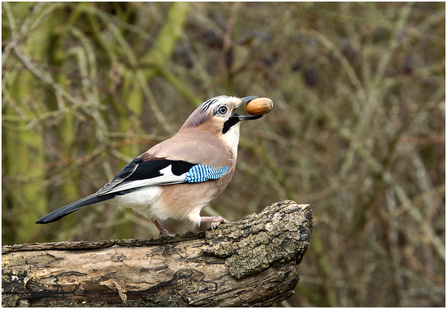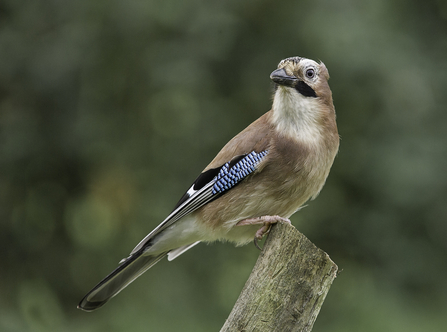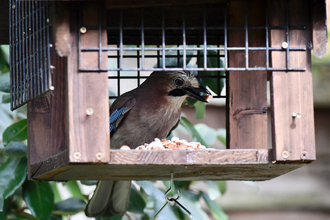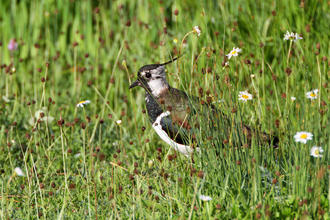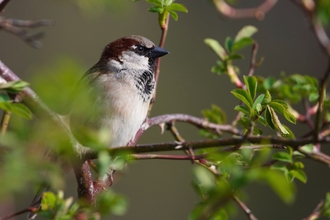It's been a bit of an odd year weather-wise, with many trees losing their leaves in this summer's heatwaves. Traditionally, however, autumn is the time of year when it becomes much easier to see one of our most flamboyant birds. Colourful jays are much shier than their corvid cousins like magpies and rooks but they're just as characterful and much more striking to look at.
You might be lucky enough to have jays visit your garden (I'm envious if you do) and if you do, it's likely that there will be oak trees nearby. Oak woodlands provide nesting and feeding opportunities for jays and many other species of wildlife but oak trees really come into their own as autumn approaches. Jays adore eating acorns and hide lots of them in readiness for the harsh days of winter. Falling leaves make it easier to see wildlife of all kinds but at this time of year, jays are much more visible as they busily hunt for acorns.


